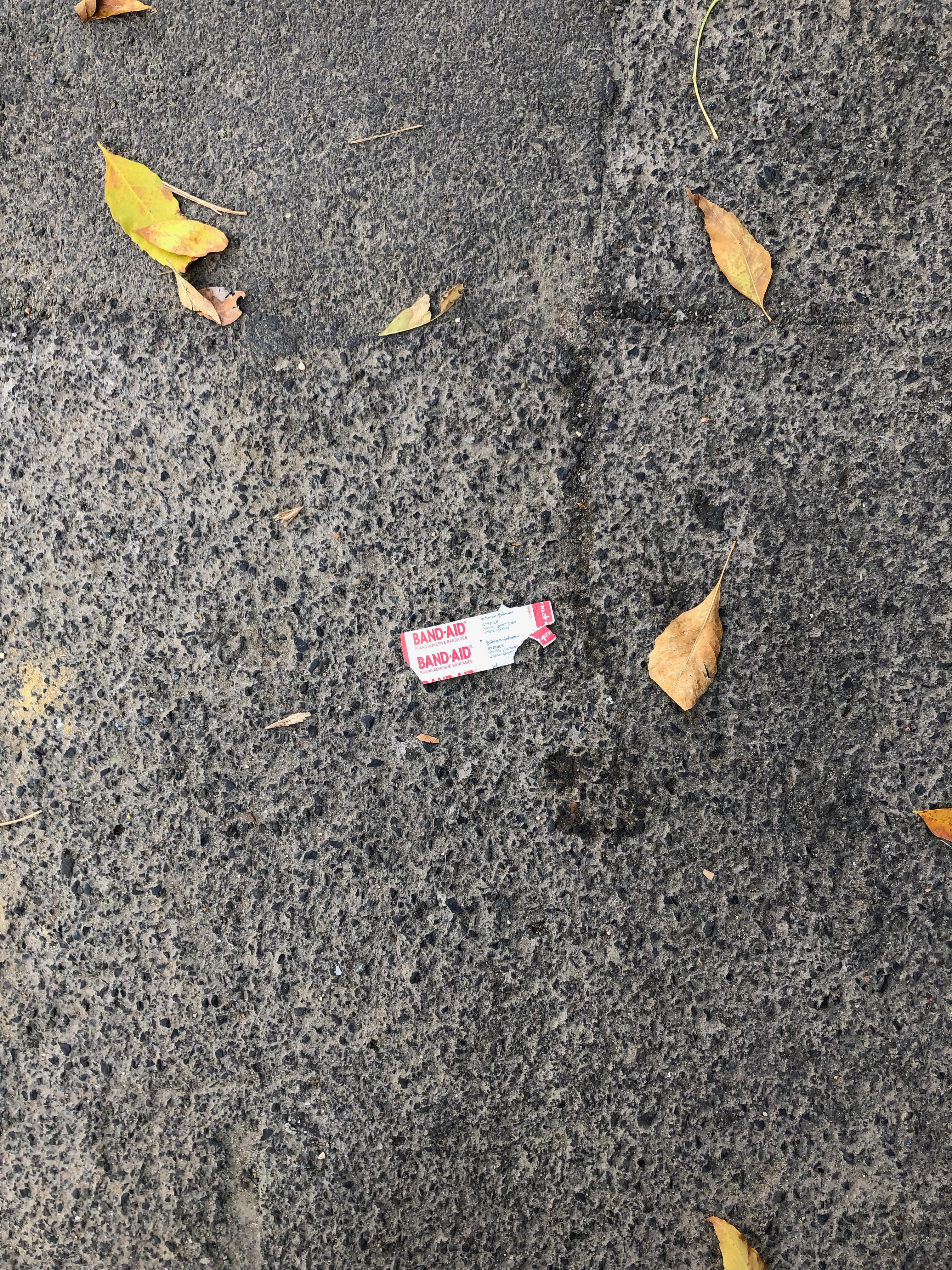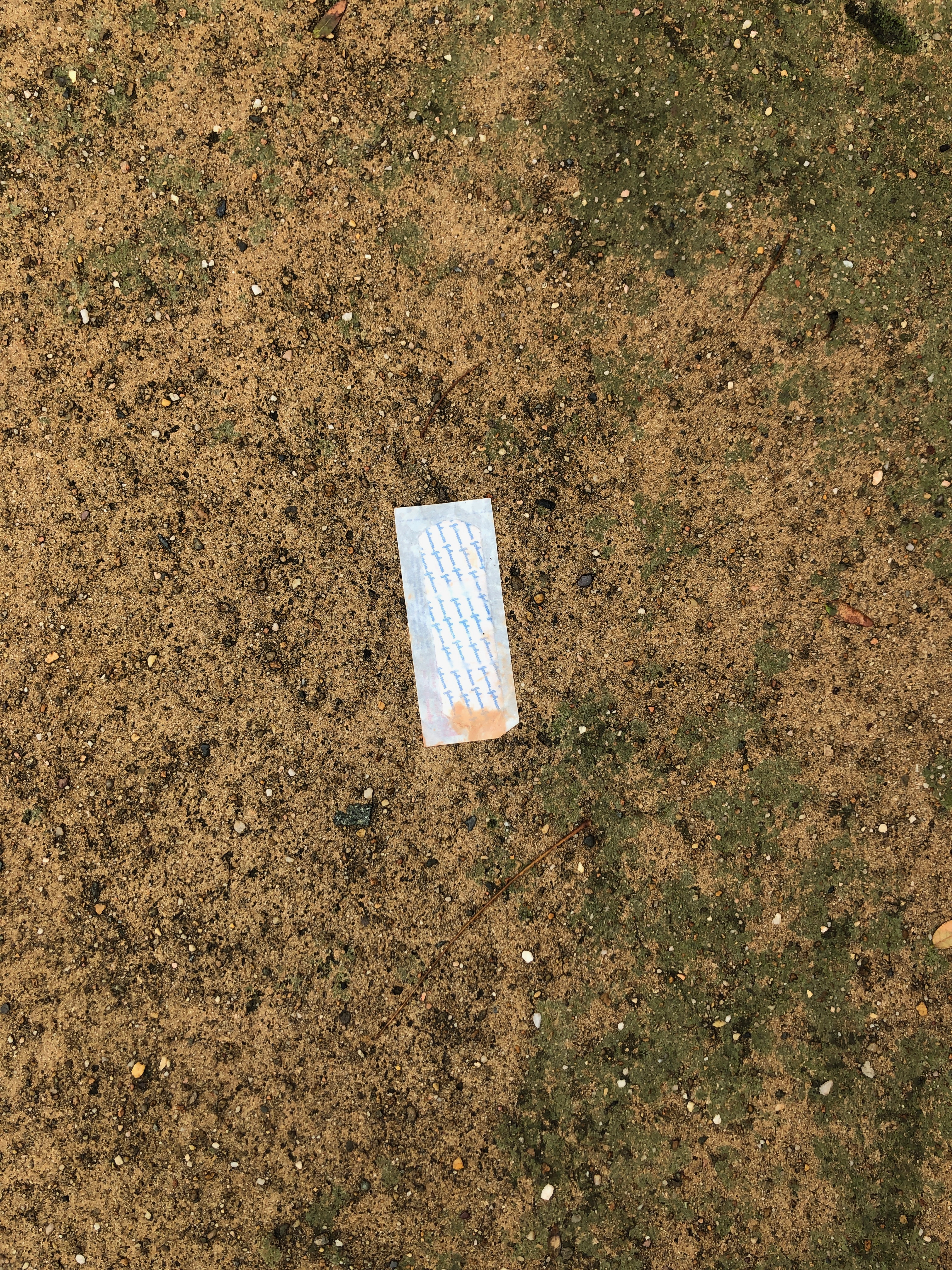
Convergence: The International Journal of Research into New Media Technologies
Special Issue on Expertise and Engagement with/in Digital Media’
Vo1 21, no. 3 (August 2015)
Editors: Caroline Bassett, University of Sussex; Edgar Gómez Cruz, University of Leeds; Helen Thornham, University of Leeds
In an digitally saturated environment digital media users of all kinds, engaged in diverse areas of activity, are increasingly categorized in terms of their ability to use – they are regarded as natives, non-users, experts, literates, for instance. In these contexts the question (1) of how various forms of digital expertise develop, and (2) of how understandings of expertise come into being and come to operate, become increasingly important. Digital expertise might appear to be simply descriptive (of a particular capacity to use), or unproblematically normative (indicating an elevated level of engagement that may be viewed as desirable), however there are multiple understandings of what digital expertise ‘is’ (what kind of skilled engagement with digital materials it delineates/demands/entails), and multiple ways in which it is judged and valued. Our contention is that these conceptions of expertise are contextually produced; they intersect with various social categories and discourses, and they come to operate in social contexts with some force. Our starting point is that digital expertise is at once material and a social construction. Continue reading “Call for articles. Special Issue on Expertise and Engagement with/in Digital Media (Convergence journal)” →







 A paper that I presented at a conference on Photography and Anthropology in 2014 was (finally) published today. It is somehow disappointing that the publishing process takes so long because I would probably approach the paper differently now. In any case, I think it could be useful to expand the discussion about mobile/visual/digital ethnographies.
A paper that I presented at a conference on Photography and Anthropology in 2014 was (finally) published today. It is somehow disappointing that the publishing process takes so long because I would probably approach the paper differently now. In any case, I think it could be useful to expand the discussion about mobile/visual/digital ethnographies. 
